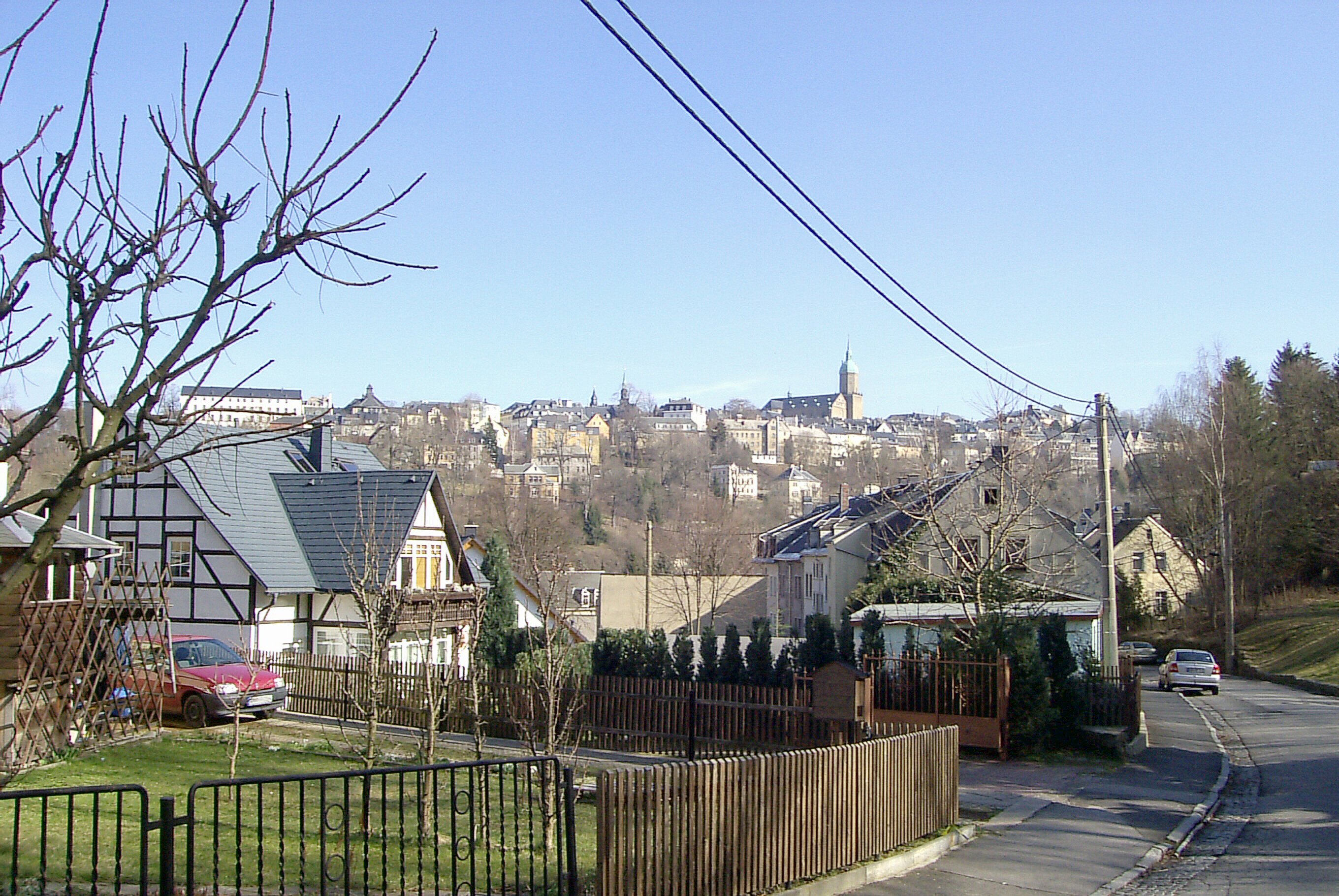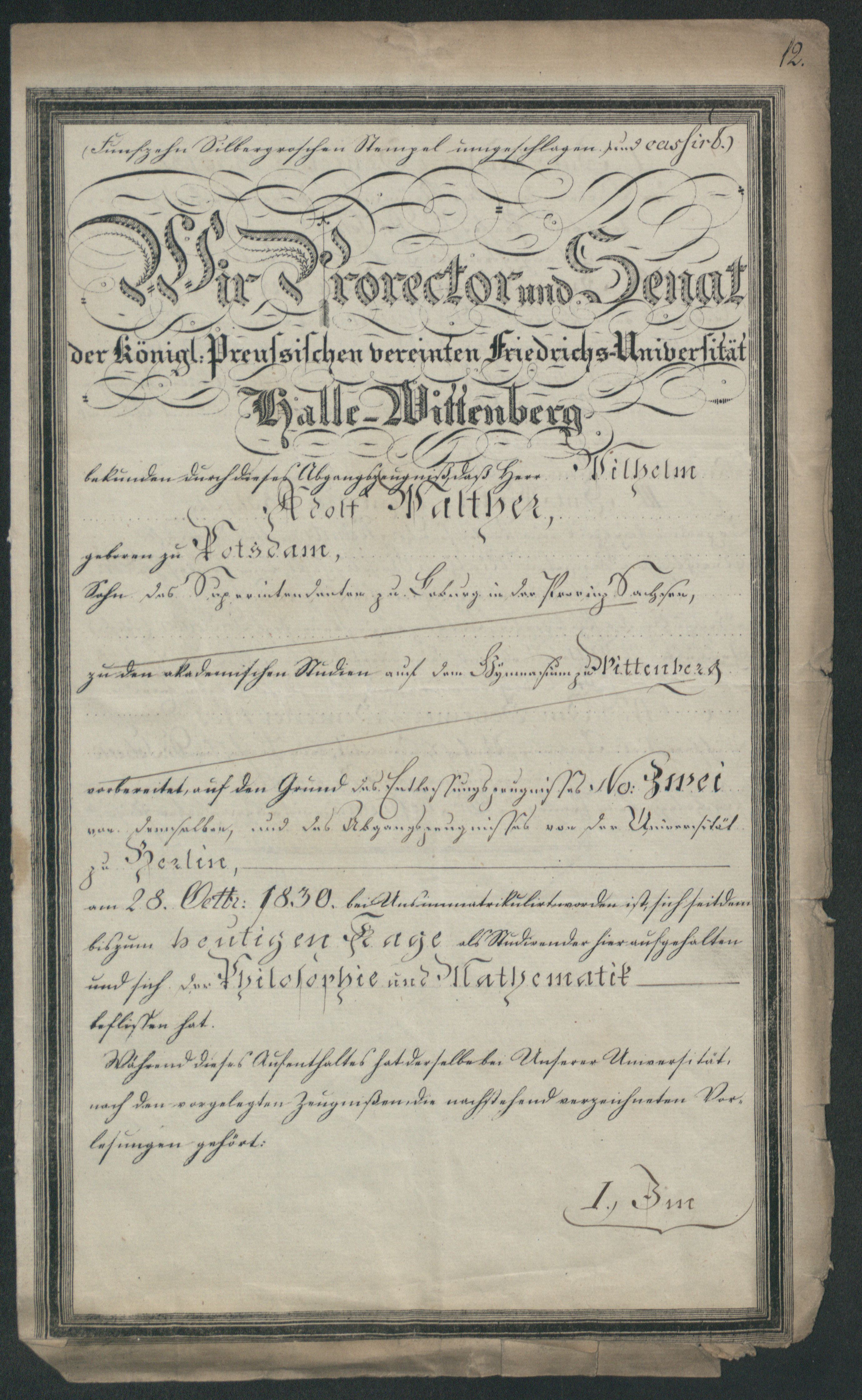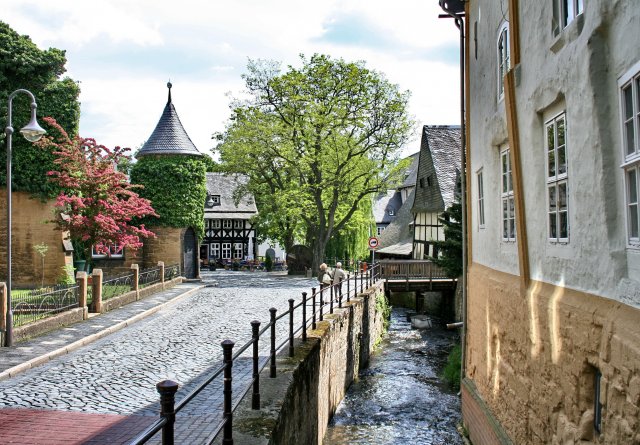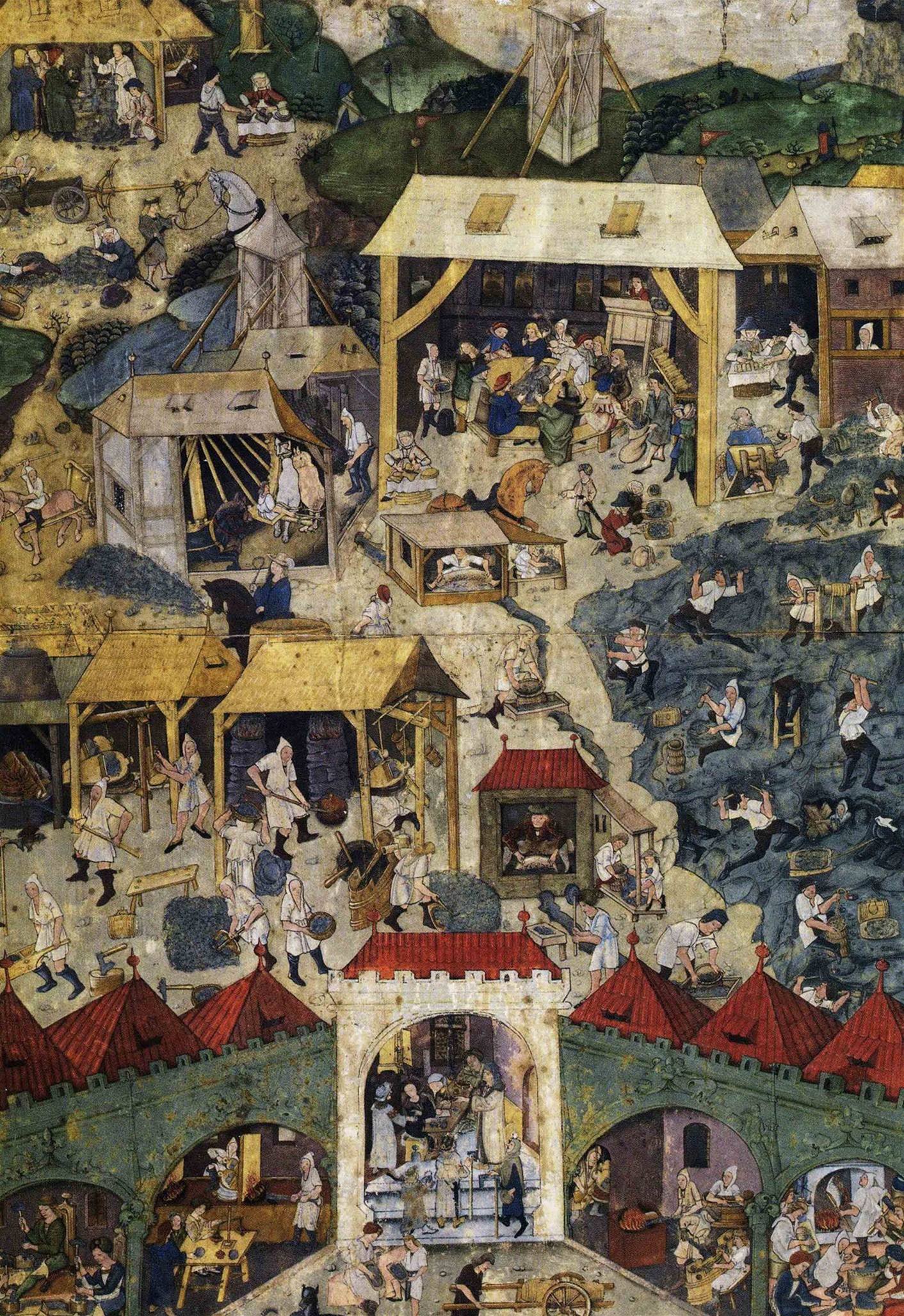|
Lazarus Ercker
Lazarus Ercker (c. 1530 – 1594) was a Bohemian metallurgist and assay master of a mint near Prague who wrote some of the earliest known treatises on metallurgy entitled ''Beschreibung allerfürnemisten mineralischen Ertzt und Berckwercksarten'' (1574) and ''Münzbuch, wie es mit den Münzen gehalten sind'' (1563). Life Ercker was born at St. Annenberg ( Annaberg, Saxony) around 1530 and studied at the University of Wittenberg between 1547 and 1548. Around 1554 he became an assayer at Dresden through the patronage of Elector Augustus with the influence of Johann Neese (a relative of his wife). In 1558 he became master of the mint at Goslar for Prince Henry of Brunswick. In 1567 his wife died and he tried to return to Dresden. His brother-in-law Caspar Richter helped him get a job as a tester at Kutna Hora near Prague. His 1574 book ''Beschreibung allerfürnemisten mineralischen Ertzt und Berckwercksarten'' described the production of alloys and refining of several metals includi ... [...More Info...] [...Related Items...] OR: [Wikipedia] [Google] [Baidu] |
Bohemia
Bohemia ( ; cs, Čechy ; ; hsb, Čěska; szl, Czechy) is the westernmost and largest historical region of the Czech Republic. Bohemia can also refer to a wider area consisting of the historical Lands of the Bohemian Crown ruled by the Bohemian kings, including Moravia and Czech Silesia, in which case the smaller region is referred to as Bohemia proper as a means of distinction. Bohemia was a duchy of Great Moravia, later an independent principality, a kingdom in the Holy Roman Empire, and subsequently a part of the Habsburg monarchy and the Austrian Empire. After World War I and the establishment of an independent Czechoslovak state, the whole of Bohemia became a part of Czechoslovakia, defying claims of the German-speaking inhabitants that regions with German-speaking majority should be included in the Republic of German-Austria. Between 1938 and 1945, these border regions were joined to Nazi Germany as the Sudetenland. The remainder of Czech territory became the Second ... [...More Info...] [...Related Items...] OR: [Wikipedia] [Google] [Baidu] |
Annaberg-Buchholz
Annaberg-Buchholz () is a town in Saxony, Germany. Lying in the Ore Mountains, it is the capital of the district of Erzgebirgskreis. Geography The town is located in the Ore Mountains, at the side of the ''Pöhlberg'' ( above sea level). History The previously heavily forested upper Ore Mountains were settled in the 12th and 13th centuries by Franconian farmers. Frohnau, Geyersdorf, and Kleinrückerswalde—all now part of present-day town—are all attested from 1397. Barbara Uthmann introduced braid- and lace-making in 1561 and it was further developed in the 1590s by Belgian refugees fleeing the policies of Fernando Álvarez de Toledo, 3rd Duke of Alba, Spain's governor over the Low Countries. The industry was further developed in the 19th century, when Annaberg and Buchholz were connected by rail to Chemnitz and each other and both settlements had specialized schools for lace-making. The population of Annaberg in the 1870s was 11,693. This had risen to 16,811 by 1905, ... [...More Info...] [...Related Items...] OR: [Wikipedia] [Google] [Baidu] |
University Of Wittenberg
Martin Luther University of Halle-Wittenberg (german: Martin-Luther-Universität Halle-Wittenberg), also referred to as MLU, is a public, research-oriented university in the cities of Halle and Wittenberg and the largest and oldest university in the German state of Saxony-Anhalt. MLU offers German and international (English) courses leading to academic degrees such as BA, BSc, MA, MSc, doctoral degrees, and Habilitation. The university was created in 1817 through the merger of the University of Wittenberg (founded in 1502) and the University of Halle (founded in 1694). MLU is named after Protestant reformer Martin Luther, who was a professor in Wittenberg. Today, the university campus is located in Halle, while ''Leucorea Foundation'' in Wittenberg serves as MLU's convention centre. Both Halle and Wittenberg are about one hour from Berlin via the Berlin–Halle railway, which offers Intercity-Express (ICE) trains. History University of Wittenberg (''Universität Wittenbe ... [...More Info...] [...Related Items...] OR: [Wikipedia] [Google] [Baidu] |
Dresden
Dresden (, ; Upper Saxon: ''Dräsdn''; wen, label=Upper Sorbian, Drježdźany) is the capital city of the German state of Saxony and its second most populous city, after Leipzig. It is the 12th most populous city of Germany, the fourth largest by area (after Berlin, Hamburg and Cologne), and the third most populous city in the area of former East Germany, after Berlin and Leipzig. Dresden's urban area comprises the towns of Freital, Pirna, Radebeul, Meissen, Coswig, Radeberg and Heidenau and has around 790,000 inhabitants. The Dresden metropolitan area has approximately 1.34 million inhabitants. Dresden is the second largest city on the River Elbe after Hamburg. Most of the city's population lives in the Elbe Valley, but a large, albeit very sparsely populated area of the city east of the Elbe lies in the West Lusatian Hill Country and Uplands (the westernmost part of the Sudetes) and thus in Lusatia. Many boroughs west of the Elbe lie in the foreland of the Ore Mounta ... [...More Info...] [...Related Items...] OR: [Wikipedia] [Google] [Baidu] |
Augustus, Elector Of Saxony
Augustus (31 July 152611 February 1586) was Elector of Saxony from 1553 to 1586. First years Augustus was born in Freiberg, the youngest child and third (but second surviving) son of Henry IV, Duke of Saxony, and Catherine of Mecklenburg. He consequently belonged to the Albertine branch of the House of Wettin. Brought up as a Lutheran, he received a good education and studied at the university of Leipzig. When Duke Henry IV died in 1541, he decreed that his lands should be divided equally between his two sons; but as his bequest was contrary to the Albertine Law, it was not carried out, and the dukedom passed almost intact to his elder son, Maurice. Augustus, however, remained on friendly terms with his brother, and to further his policy spent some time at the court of Ferdinand I, Holy Roman Emperor, in Vienna. In 1544, Maurice secured the appointment of his brother as administrator of the bishopric of Merseburg; but Augustus was very extravagant and was soon compelled to return ... [...More Info...] [...Related Items...] OR: [Wikipedia] [Google] [Baidu] |
Goslar
Goslar (; Eastphalian: ''Goslär'') is a historic town in Lower Saxony, Germany. It is the administrative centre of the district of Goslar and located on the northwestern slopes of the Harz mountain range. The Old Town of Goslar and the Mines of Rammelsberg are UNESCO World Heritage Sites for their millenium-long testimony to the history of ore mining and their political importance for the Holy Roman Empire and Hanseatic League. Each year Goslar awards the Kaiserring to an international artist, called the "Nobel Prize" of the art world. Geography Goslar is situated in the middle of the upper half of Germany, about south of Brunswick and about southeast of the state capital, Hanover. The Schalke mountain is the highest elevation within the municipal boundaries at . The lowest point of is near the Oker river. Geographically, Goslar forms the boundary between the Hildesheim Börde which is part of the Northern German Plain, and the Harz range, which is the highest, norther ... [...More Info...] [...Related Items...] OR: [Wikipedia] [Google] [Baidu] |
Kutná Hora
Kutná Hora (; medieval Czech: ''Hory Kutné''; german: Kuttenberg) is a town in the Central Bohemian Region of the Czech Republic. It has about 20,000 inhabitants. The centre of Kutná Hora, including the Sedlec Abbey and its ossuary, was designated a UNESCO World Heritage Site in 1995 because of its outstanding architecture and its influence on subsequent architectural developments in other Central European city centres. Since 1961, the town centre is also protected by law as an urban monument reservation, the fourth largest in the country. Administrative parts The town is made up of twelve town parts and villages: *Kutná Hora-Vnitřní Město *Hlouška *Kaňk *Karlov *Malín *Neškaredice *Perštejnec *Poličany *Sedlec *Šipší *Vrchlice *Žižkov Geography Kutná Hora is located about east of Prague. It lies on the Vrchlice stream. The eastern part of the municipal territory lies in a flat agricultural landscape of the Central Elbe Table lowland. The western part lies i ... [...More Info...] [...Related Items...] OR: [Wikipedia] [Google] [Baidu] |
Tungsten
Tungsten, or wolfram, is a chemical element with the symbol W and atomic number 74. Tungsten is a rare metal found naturally on Earth almost exclusively as compounds with other elements. It was identified as a new element in 1781 and first isolated as a metal in 1783. Its important ores include scheelite and wolframite, the latter lending the element its alternate name. The free element is remarkable for its robustness, especially the fact that it has the highest melting point of all known elements barring carbon (which sublimes at normal pressure), melting at . It also has the highest boiling point, at . Its density is , comparable with that of uranium and gold, and much higher (about 1.7 times) than that of lead. Polycrystalline tungsten is an intrinsically brittle and hard material (under standard conditions, when uncombined), making it difficult to work. However, pure single-crystalline tungsten is more ductile and can be cut with a hard-steel hacksaw. Tungsten occurs in many ... [...More Info...] [...Related Items...] OR: [Wikipedia] [Google] [Baidu] |
Maximilian II, Holy Roman Emperor
Maximilian II (31 July 1527 – 12 October 1576) was Holy Roman Emperor from 1564 until his death in 1576. A member of the Austrian House of Habsburg, he was crowned King of Bohemia in Prague on 14 May 1562 and elected King of Germany (King of the Romans) on 24 November 1562. On 8 September 1563 he was crowned King of Hungary and Croatia in the Hungarian capital Pressburg (Pozsony in Hungarian; now Bratislava, Slovakia). On 25 July 1564 he succeeded his father Ferdinand I as ruler of the Holy Roman Empire. Maximilian's rule was shaped by the confessionalization process after the 1555 Peace of Augsburg. Though a Habsburg and a Catholic, he approached the Lutheran Imperial estates with a view to overcome the denominational schism, which ultimately failed. He also was faced with the ongoing Ottoman–Habsburg wars and rising conflicts with his Habsburg Spain cousins. According to Fichtner, Maximilian failed to achieve his three major aims: rationalizing the government stru ... [...More Info...] [...Related Items...] OR: [Wikipedia] [Google] [Baidu] |
Rudolf II, Holy Roman Emperor
Rudolf II (18 July 1552 – 20 January 1612) was Holy Roman Emperor (1576–1612), King of Hungary and Croatia (as Rudolf I, 1572–1608), King of Bohemia (1575–1608/1611) and Archduke of Austria (1576–1608). He was a member of the House of Habsburg. Rudolf's legacy has traditionally been viewed in three ways:Hotson, 1999. an ineffectual ruler whose mistakes led directly to the Thirty Years' War; a great and influential patron of Northern Mannerist art; and an intellectual devotee of occult arts and learning which helped seed what would be called the Scientific Revolution. Determined to unify Christendom, he initiated the Long Turkish War (1593–1606) with the Ottoman Empire. Exhausted by war, his citizens in Hungary revolted in the Bocskai Uprising, which led to more authority given to his brother Matthias. Under his reign, there was a policy of toleration towards Judaism. Early life Rudolf was born in Vienna on 18 July 1552. He was the eldest son and successor of ... [...More Info...] [...Related Items...] OR: [Wikipedia] [Google] [Baidu] |
John Pettus (courtier)
Sir John Pettus (1613–1690) was an English royalist, politician and natural philosopher. Pettus was an expert on metallurgy and became a deputy governor of the royal mines in England and Wales under Charles I and II. He is known for the first English translation of the work of the German metallurgist Lazarus Ercker. Life He was the third son of Sir Augustine Pettus of Rackheath, Norfolk, by his second wife, Abigail, third daughter of Sir Arthur Heveningham of Heveningham, Suffolk. He matriculated at Pembroke College, Cambridge in 1632. He entered the service of Charles I in 1639, and was knighted on 25 November 1641, as a mark of the king's favour to Sir Richard Gurney, his father-in-law. Taken prisoner during the First English Civil War by Oliver Cromwell at Lowestoft, he was exchanged after 14 months' confinement in Windsor Castle. Pettus then raised a regiment of horse, at his own expense; but moved on to garrison work, at Bath and Bristol. At the 1645 siege of Bris ... [...More Info...] [...Related Items...] OR: [Wikipedia] [Google] [Baidu] |









